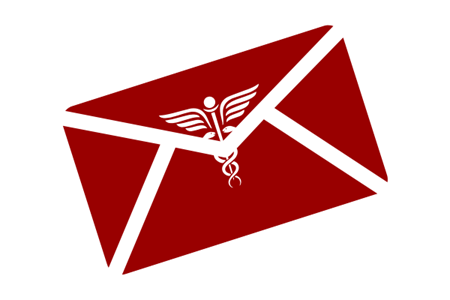Preliminary match residency programs come in three main training types — C, A and P programs:
- Categorical (C) programs offer full training in a specialty and begin in June 2026.
- Advanced (A) programs start in June 2027 and require the matched applicant to complete at least one year of prior training.
- Preliminary (P) programs provide one year of training, starting in July 2026. Common types include preliminary medicine, preliminary surgery and a rotating transitional year (TY).
Many specialties offer both C and A positions in the match. If you apply to an A program, you must also apply to a P program. For a full residency training program course, you’ll apply to C and/or A+P program types.
You may also see programs with a reserved (R) designation. These are designed for applicants who have already completed at least one year of residency training and are not open to students.
Watch this short NRMP video for more on program types.
Applying to preliminary programs
You can typically use the same ERAS application—including the personal statement and letters of recommendation (LORs)—from your primary specialty match. You don’t need a separate personal statement or LORs for the preliminary programs.
Only a few preliminary medicine programs require the IM SEL (standardized evaluation letter) as one of your LORs. Always check individual program websites for specific requirements (and read the upcoming match on my mind for more information about standardized and chair letters).
Key advice for applicants
Some of the most competitive residency programs require applicants to complete a preliminary year. You’ll be competing with other strong applicants for positions, so plan accordingly:
- Apply to and interview with multiple preliminary or transitional programs.
- Successful students apply to an average of 16 programs and interview at eight or more.
Author: IU School of Medicine Assistant Dean of Medical Student Affairs Debra Rusk, MD.
